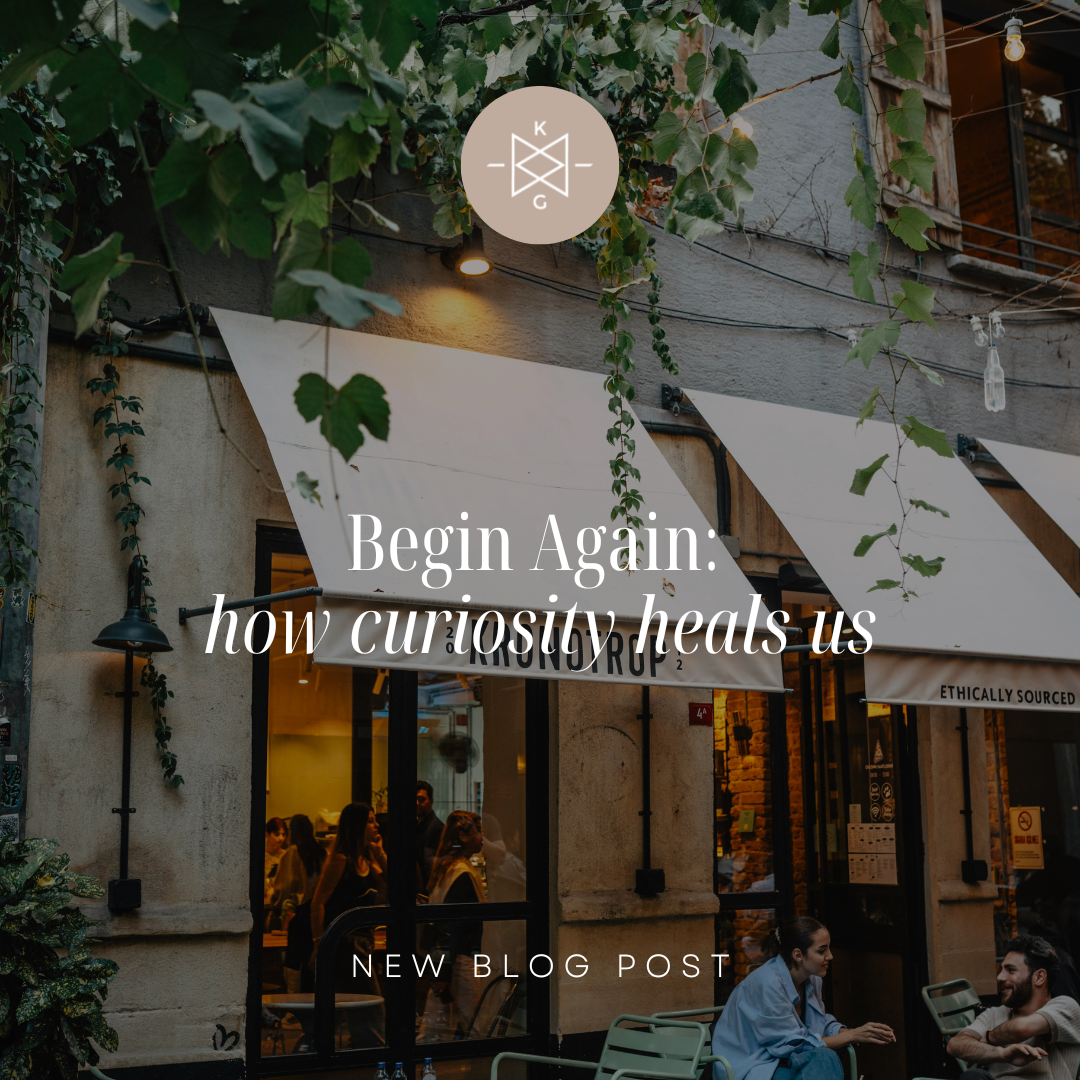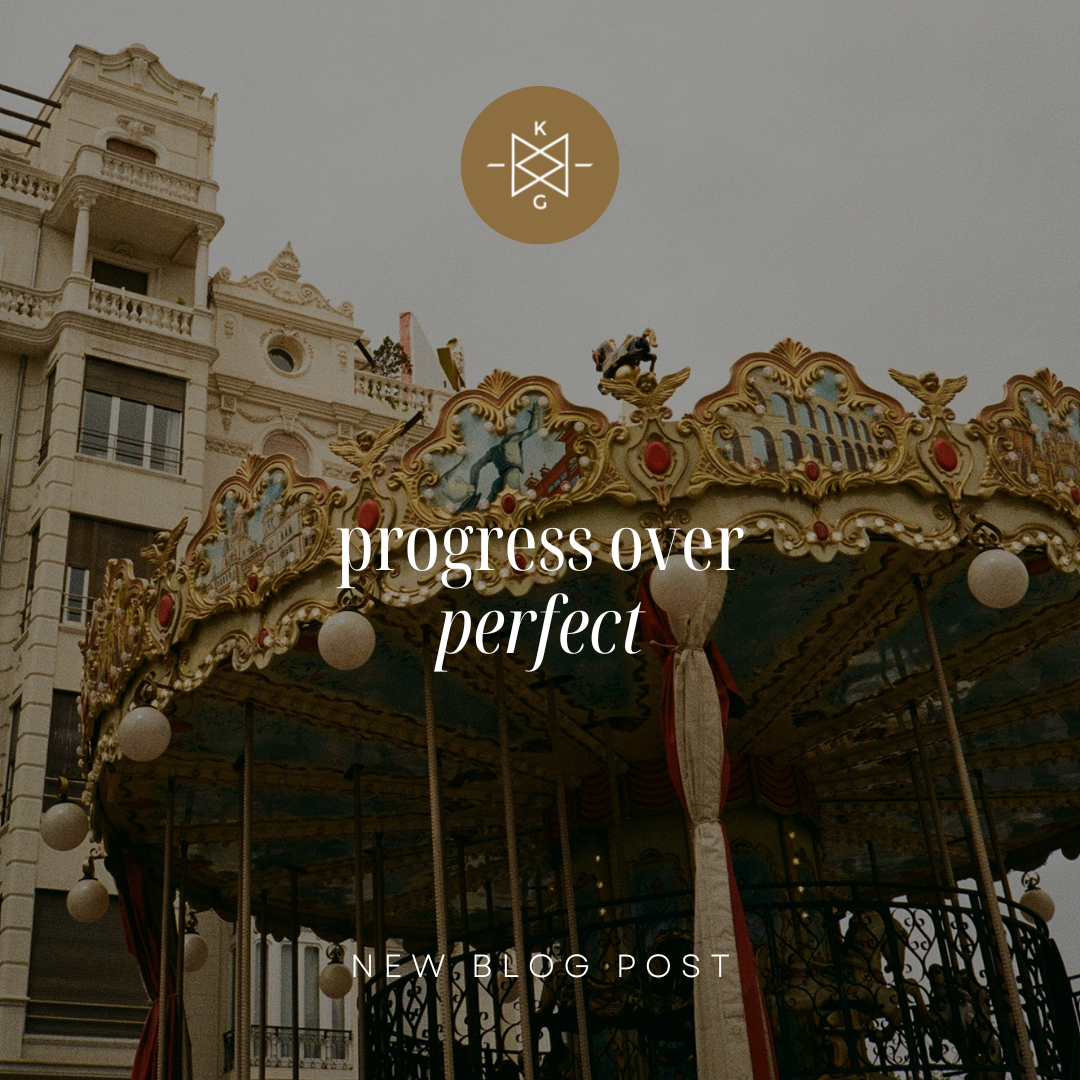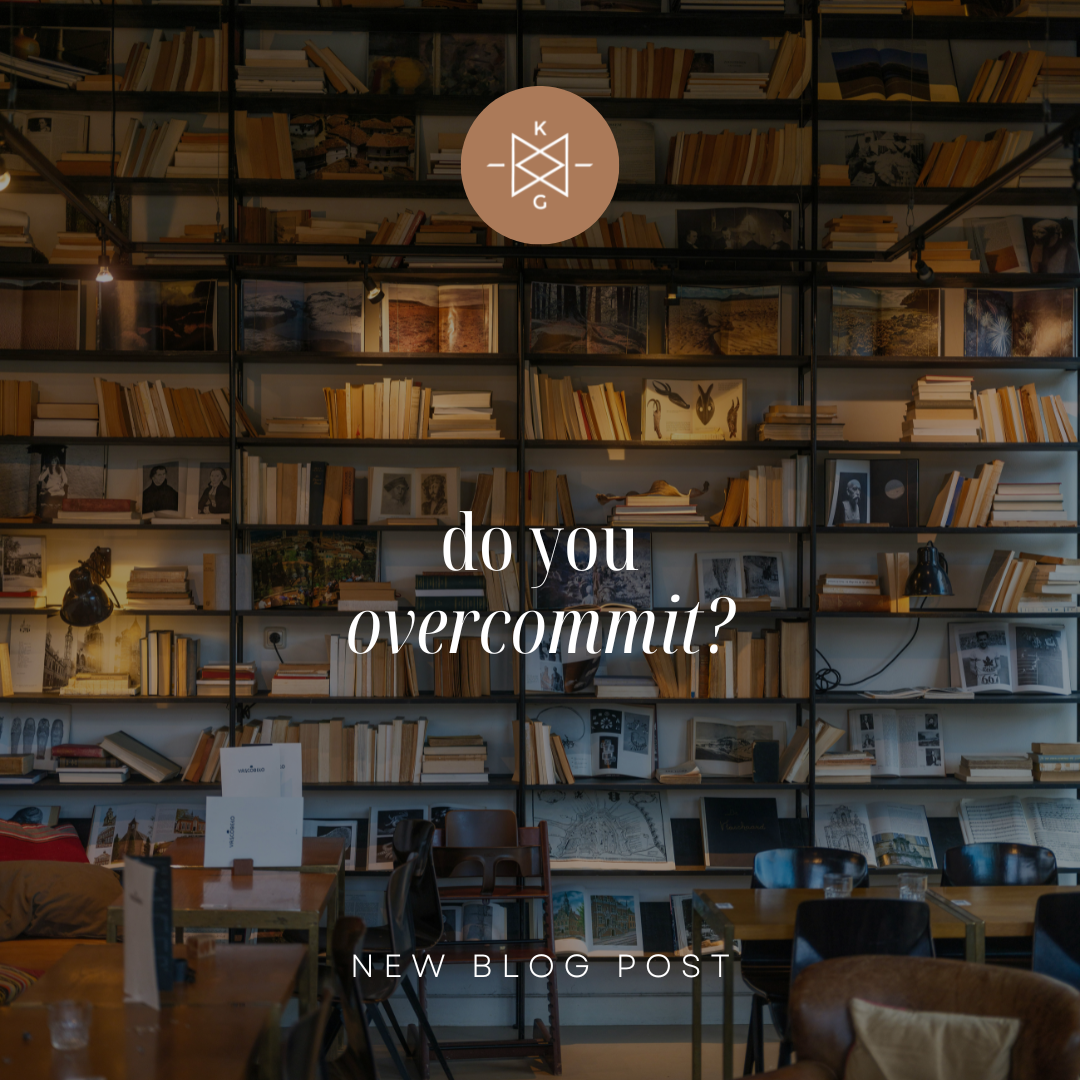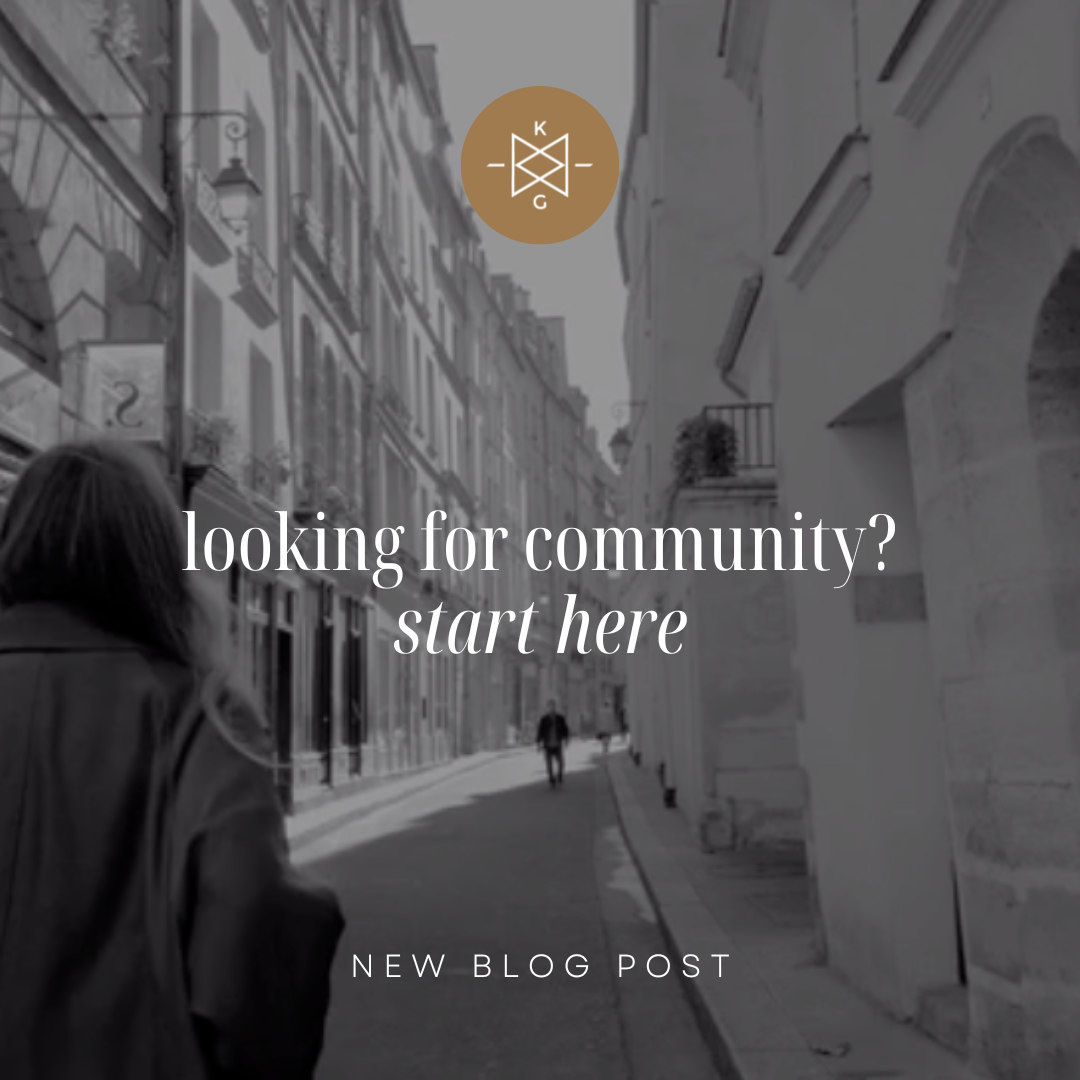
The Blog
Recently Featured
All Blogs
The Hospitality of Emotion
“Hospitality means primarily the creation of free space where the stranger can enter and become a friend instead of an enemy. Hospitality is not to change people, but to offer them space where change can take place.”
-Henri Nouwen
I love hosting dinner parties– the planning, shopping, prepping, pairing, cooking, connecting, eating, lingering– hell, I don’t even mind the clean up so much. I’m pretty sure my most domestic moments happen in the kitchen. (Laundry? Not my gig, much to my husband’s chagrin.) For me, cooking has always been a creative as well as a therapeutic outlet for me. For a hot minute in my mid-twenties, I toyed with the thought of culinary school. In my short-lived career as a sous chef at a local wine bar/cafe, I found that cooking on someone else’s watch for people I couldn’t actually connect with was a deal breaker. It hijacked the joy for me.
I eventually discovered two real driving passions behind my love for all things culinary: the connection that happens around it and the creativity had in the process (oh, and there is that eating thing as well). Hence, this favorite past time of mine—throwing dinner parties. I get a buzz just thinking about it.
We live in a world on crack–a world jacked up and in a constant crazed state of busy, exhausted, immediacy, devices, and traffic–all set to repeat. Hospitality has become a lost art because it forces us to slow down and do things that can't be automated and/or bypassed by hitting the nearest Chipotle or even the newest foodie hot spot on the scene. As a result, we lose out on a beautiful process that facilitates good old-fashioned, real-time connection, intimacy, and laughter.
This past Saturday evening, myself and five other ladies hosted a wedding celebration at my house. Having an outdoor sit-down dinner party in the young days of November in Nashville is like betting your life savings at a craps table in Vegas. It’s risky, if not ludicrous.
Much to our amazement, God flexed his creative muscles and painted the most magical fall scape one could possibly ask or pray for. The wind, cold, and rain came to a precise halt. The sun-drenched rolling hills popped with a smattering of brick, gold, and orange. The burn your-eyes-out blue sky held on patiently all the way up to sunset. Between the outdoor heaters, cozy blankets strewn on every other chair, and the roaring conversation and laughter, we stayed warm well into the night. It was delicious and lovely complete with clinking glasses, a stained table runner, and hours of clean up the next morning. Perhaps my favorite part of the evening was the interesting mix of friends who came, both new and old. Stories were shared, intimate toasts given, and wild connections were made. It was truly a magical evening.
As I sat back contentedly and observed conversations happening across the table, glasses being filled, fall flavors offering up their glory, something occurred to me...something big.
Why can’t we learn to practice hospitality internally with our own full cast of emotions? What if, we welcomed them openly, leaning in to the complex story they are trying to tell instead of handing them the keys to our misery? I’ve been intrigued by this idea ever since, playing around with it in my head and heart…and I like it.
Emotions are a gift if you can believe it. I sure didn’t for long stretches of my existence. I always thought emotions had all the power, dictating the success of any given day from the moment my eyeballs popped open in the morning. I used to feel totally powerless over my emotions, especially anxiety, she was a loud and clumsy beast. What I have come to learn and embrace with open arms, and a big fat sigh of relief, is that my emotions are not who I am. I am not my anxiety, sadness, hurt, depression, etc.
They are also not against me. Of course, there are more enjoyable ones we feel such as glad and excited; we tend to coddle them like spoiled children. Then there are negative feeling ones such as guilt and anger we attempt to avoid like loud, messy roommates. However, the truth is they all invite us to the greater wisdom of our needs and desires. Our emotions are a gift nudging us towards a more colorful, expansive experience.
Just as the generous practice of hospitality beckons deeper connection and understanding of our unique perspectives and experiences across a dinner table, the inner landscape of our feelings long for a space to be heard. How will we host these voices, facilitating a curious exchange, an open conversation? Here are a couple of questions to ask them when they chime in, with their often abrasive tone.
What am I feeling? Sad, hurt, fear, anger, lonely, guilt, glad? Naming it identifies and externalizes it.
Where do I feel this feeling in my body? (Our body’s center of intelligence houses emotions just as our heart’s center does.)
What is the story you are trying to tell me? i.e “I am afraid I don’t have what it takes to succeed, I'm not enough”. “I am guilty because I spoke harshly to my co-worker”.
What is the need attached to the emotion? i.e. “I need some encouragement and affirmation, ” or “I need to apologize for reacting at work. I was pretty fried and took it out on Sarah.”
How will I meet that need? i.e. Reach out to a trusted friend or have a conversation to set the record straight, etc…
Emotional hospitality removes unnecessary shame from our internal experience by letting light and air into dingy, dusty corners of our beings. It swings wide open the door of our heart and places a fresh mix of flowers on the table, welcoming deeper connection and cohesion. It nourishes our beings to live with presence and generosity. When we are willing to curiously experiment with each and every emotion, engaging it like we would a stranger at a dinner party, we gain new insight and perspective. We hear a new story. If we listen closely enough, we may even hear our own story.
Love & Gratitude,
Katie
Dancing With Shadows
“What you resist, persists.”
Carl Jung
I grew up in the crown jewel of the deep south, Mobile, AL. We did many strange things like take ballroom dancing in fifth grade. Yes, you heard me, fifth grade. It was hands down the most awkward thing I’d experienced until then, and I’ve always felt at home on a dance floor.
This was different though. Kids from a couple neighboring schools would gather on a Thursday night at 5 o’clock in a big gymnasium at St. Ignatius Catholic church and learn all the old-school couples' dances like the fox trot, waltz, and others I’ve purposely erased from my memory. The most unbearable part of it wasn’t learning the dances, it was learning the dances with the boys. They were hyper, smelly, and had no rhythm. They also thought they were beyond cool. Ya’ll, it was torture. My favorite part of the night was when I spotted my mom’s minivan headlights in the carpool line. She’d swoop in and pick me up and then we’d proceed to Checkers for the long-awaited chocolate milkshake(s). I had to take the edge off somehow.
Learning to dance with our shadow, or shameful parts, can feel just as unpleasant. Oh you’ve got them too, I promise. They are those parts of us we’d rather not talk about. In fact, we try desperately to hide them from the world around us. They are the parts of you that you swear, if someone saw, they’d ultimately reject. It might cost you their affection—their acceptance. You'd be exposed…and deemed unloveable.
For so long, I tried to hide and change the fact that I was a quiet observer as opposed to the popular party girl. Large groups of girls made me uncomfortable. I absolutely hated summer camp, gossip, and sleep-overs. I followed southern suit and joined a sorority in college, but it was really more for my mother than for me. Eventually, I dropped out but nearly died trying to show up and fit in. I’d much rather hang with my older friend, Liz. We’d smoke Marlboro lights, listen to Dave Matthews, and talk about evolved things like boys, music, and what we dreamed of doing when we “grew up.”
More recently in my late thirties, I’ve felt shame around not taking the traditional route as a stay-at-home mom. Instead, I’ve chosen, albeit indirectly, to focus on my career, (or that’s what I tell myself and others). At 39, I may or may not ever be a mother of children. Even though the ballot’s still out, this feels a bit shameful to me. Regardless, I build up the more admirable, palatable case that, “I’ve chosen to build out other areas of my life.” It feels cleaner—safer. At the core, however, this is really my shadow part and her name is inadequacy. I’ve never really cared for her.
What are the shadow parts you’d rather forget about? Is it depression, body shame, singleness, or even sexual trauma as a child? If so, I can fully resonate with you. Guess what? Just like the smelly boys at ballroom, we’ve got to learn to lean in, let go, and learn to dance with them.
One of my favorite concepts in self-development is integration. This feels incredibly expansive and powerful to me. The less compartmentalized, or fragmented we are, the more integrated and whole we will become. Just as we are made up of hundreds of different body parts, muscles, and organs, we also have so many different parts of our emotional, relational, and creative beings.
Oftentimes in therapy sessions with clients, these parts come up. Take anxiety for example. Anxiety is an emotion, or part of us that can be immobilizing. The common misconception is in order to deal with anxiety, we must numb, fix, or run from it. But anxiety is really just a shadow part of us that needs compassion and understanding just like, say, the creative part of us. When we stuff our anxiety and try to avoid it, we really just give it more power and as a result, create imbalance.
What might dancing with this anxious shadow look like? Well, first we must listen to and get to know it. This allows us to cultivate empathy for that anxious part of us. After all, she has been working overtime for a while now to keep us performing, staying safe and “on the ball.”
Shadow work is really a reckoning with parts of ourselves we’ve misjudged for a long time. The payoff is wholeness—flow. It’s realizing those parts we’ve been hiding for so long aren’t so terrible after all. In fact, they end up being the best parts because they are the most loving, consistent teachers.
That anxious part of you desperately wants you to see her for who she really is: someone who deeply cares about your future yet may go about it clumsily. She wants you to sit with her, commune with her, and realize the worst thing that can happen isn’t so bad in the end because you have other resilient parts of you that can step in and take over when she needs to sit the next song out.
Second, simply take a minute and visualize the part of you that you dislike, a lot. Perhaps you feel guilty about this part or constantly judge her. What does she look like? What is she doing? How does she seem? In the same minute, take one step towards her… then another, and another. You left her alone a long time ago and she feels abandoned, even scared. She knows you dislike her but she desperately longs to know you and play on the same team. She needs you big time.
If this feels completely terrifying, it should. Your brain is freaking out because it has no idea what it’s doing. Hang in there though, this is perhaps the most life-giving work you’ve ever done. Dancing with strangers or smelly boys is probably not on your bucket list. But I bet I know what is…
To be loved…fully.
Love & Gratitude,
Katie
Failure School: All the Things You Never Learned
99.99999% of your fears
live only in your imagination,
in anticipation, and in memory.
Even if the ‘worst’ happens,
you’ll find yourself dealing with it in the moment,
responding from a place of presence.
You don’t have to deal with it now.
You’ll handle it then.
And who knows:
The ‘worst’ thing may turn out
to be your greatest teacher,
your most profound call to awakening,
an invitation to the kind of courage
of which you’d never thought yourself capable.
Fear isn’t your enemy,
but a signpost.
Breathe into the moment.
– Jeff Foster
I just googled the definition of “failure.” Here’s the most comprehensive and concise meaning I found: “The omission of expected or required action.” Sounds pretty benign, right? So matter of fact?
The brand of fear I’ve experienced along the way as it pertains to failure has been a far cry from this bland “omission” situation. Quite the contrary, it’s been a crippling and immobilizing force that has stunted growth, joy, and relationships. In fact, I imagine you’ve bought into a similar lie at some point along: “My worth and value are a direct result of my level of success.” I’ve heard the record spin round and round in my office. I’ve seen its death grip on friends and family alike. As a culture, we are terrified of failure.
I’m fascinated by this unruly expectation we place on ourselves to avoid failure. After all, WD-40, bubble wrap, and pacemakers are all inventions conceived through “failure.” I’m fairly certain those guys are not still sulking over why their original ideas didn’t pan out the way they’d hoped. No, they all own islands, strange looking outfits, and private jets.
In light of this, I want to pepper your thoughts with some key insights that have made a lynchpin shift I in my understanding and approach to failure.
1) Expectation is a set-up
The operative word in the above definition is “expect” not “omission” as it pertains to our study here. Why? Well, simply put, because it’s the subjective that we tend to personalize, not theobjective facts. If we could see failure through the lens of objective curiosity as opposed to an extension of who we are, we would be able to live out of a much softer narrative. For example, “I either deliver or I don’t, and my life’s worth and value aren’t tied up in that slice of history.” Now that’s freedom from the fall!
We’re so tightly wound and attached to the narrow expectation of who we should be and how we should perform that we lose sight of the incredibly vast and curious horizons that result in a deviation.
2) Resilience matters more than outcome
I’ve bombed so many performances it might lead you to wonder if I had a screw loose as I continued pursuing music early on. For some ungodly reason, I kept going even though it felt like cruel and unusual self-harm. Strangely, no one ever told me I sucked or bombed it or that I should definitely not quit my day job. I only received encouragement and kindness. I realize, we are in the South, yet I’m a pretty good read, and they seemed genuine. Building those resilience muscles eventually led to lots of bigger opportunities.
Have you ever watched a toddler on the cusp of walking? First of all, it’s high and hilarious art. Also, the ONLY way their tiny muscles are made stronger is by falling and getting up—over and over and over again. And we “ooh” and “ahh” and gawk like grown chimpanzees about to be fed at the circus in response. Go figure. Instead of asking the paralyzing question, “How can I avoid failure?”, we need to ask, “How can I better practice resilience?”
3) The real fear is the feeling
So why is it so terrifying to fail? I believe it’s because we are afraid of the way we will treat ourselves on the other side. We’re really afraid to feel our feelings of disappointment, embarrassment, and shame. However, these are all valid emotions we will absolutely rub up against along the way! Wouldn’t it be better to learn to relate to them a bit differently?
Like the poem says, nearly every shred of our fears live in the stories we make up about them, our imagination. Our fears are rarely tethered to reality, yet we drive the shame ship around as a result. We’re typically our own worst enemy, not the failures we experience.
Sure, the outcome is humbling at first, but by elevating our belief about failure, we construct a new brain pathway or go-to storyline that facilitates self-compassion instead of self-flagellation.
We don’t evolve by playing it safe in a mole hole, but by staying present at the crossroads of failure and opportunity.
4) There are two kinds of failure
Before you go poking holes in my sunshine, I’ll clarify an exception to the rule. There are two types of failure, and I'm referring to failure as something necessary for growth and success.
There is all-in failure and half-ass failure. All-in failure is when we’ve shown up, given our all, and fully engaged in the pursuit at hand, yet for whatever reason didn’t quite make the cut. The passion and effort are there, but the outcome is not—not yet anyway.
Half-ass failure, as you might imagine, is missing the mark without giving it a fighting, bleeding-heart chance. We’ve all been there, yet it’s not a helpful pattern as it ultimately becomes a self-fulling prophecy. Oftentimes, this is simply a good indicator that we may not really want what we’re limping for and a redirect is necessary.
I’ll be coming in hot this Thursday with a very interesting practical tool for you. Be looking for that as you won’t want to miss it. For now, I leave you with the words of the man who’s been quoted as many times as Oprah. He’s a mixed bag of courage, success, excess, bull-headed stubbornness, and legend all in one. He’s also a man very acquainted with failure. His stories and words have a vibrant life of their own, well after his last breath.
“Success is not final. Failure is not fatal. It is the courage to continue that counts.
- Winston Churchill
Love & Gratitude,
Katie
xoxo
#failforward, #designyourlife, #winstonchurchill, #resilience, #couragetofall
Listen Closely - Your Life is Trying to Talk
“There’s an old Quaker saying, “Don’t speak unless you can improve upon the silence.”
-Parker Palmer
I'm a big advocate for the sacred process of finding your voice—and courageously learning to use it.
In my experience, slowly crossing the threshold of confidence into the land of self-compassion and acceptance gave me this newfound freedom and excitement to be heard and seen.
It’s kind of like waking up on Christmas morning as a kid, getting that one cherished toy you’d been asking for but thought your folks probably forgot…but then they came through. All you want to do is keep it close and show it off. You love everyone, even your younger brother. The world is a beautiful place. You’re so proud and you can’t stop talking about it.
It may annoy people for a minute, and that’s okay, they’ll get over it…they love you too.
What I quickly learned along the way is this: in order to truly find your voice and speak from that sacred heart space, you must first learn to listen really closely and often.
I love what Parker Palmer says in one of my all-time favorite books on finding your calling, Let Your Life Speak (a must read if you haven’t already…super short too.)
He says, “Before I can tell my life what I want to do with it, I must listen to my life telling me who I am.”
Sounds esoteric, right? I actually think it’s us who overcomplicate things.
To create, we must get still and present. We must lean into the unknown. We must…listen.
Just as a flower grows and blooms from a tiny seed, you and I have everything we need to thrive locked safely inside us. Sure, we may need to nurture that part of us with inspiration and encouragement, but I assure you, it’s all in there.
As a species, humans are created to thrive and succeed, not to merely survive. Our creative imaginations are what sets us apart from other species. Inside of you, there is a creative mechanism that is fully capable of getting you from merely existing to succeeding.
That’s right, you get to create the life you love.
What happens so often though, is that we get lazy, want to be told what to do, and as a result, autopilot through life. No wonder we wake up mid-thirties or forties with a serious purpose deficiency and a bad back in search of a pill or a promise that will make us feel alive again.
We’ve not been listening. We’ve been busy, hustling, fitting in.
So we’ve got a spectrum here. You may have recently unlocked this stunning, shiny voice of yours and you really like using it. The test drive is intoxicating. Or, you may be completely shut down, confusing everyone else’s demands and desires with your own. You’re exhausted and maybe even a bit resentful.
Either way, the next best step is to slow down, take several very deep breaths, and simply listen. Feel your feet on the floor and your spine growing up from your seat. Notice the sensations inside your body; they’re talking alright. Give the tension a little time-out; you can pick her up in just a minute.
This is your true self. This is the space free of ego. This is where, with some practice, your life will speak to you in profound and sweet ways. This is the power of presence inside of you. It’s the magnificent Motherload. Let’s give it a listen.
Love & Gratitude,
Katie
xoxo
Let's Work It Out: How To Up Your Fitness Game (Without Breaking a Sweat)
“Until you make the unconscious conscious, it will direct your life and you will call it fate.”
-C.G. Jung
This is not a post about working out, I assure you. I would not pretend to know what the optimal picture of physical fitness/health looks like for you or what your body needs to feel alive and balanced. Everyone’s needs vary.
What I do know, however, from decades of trial and error, passionate research, and education is one very simple concept: messaging and intention are everything.
What does that even mean?
It means that you and I readily respond to messages that speak to our core values and desires. Based on those messages, we respond in action through intention. We identify what we want, and we intentionally set out to achieve that thing.
I’ll put some skin on this one.
The diet and exercise industry is a multi-billion dollar industry. Yes, the “B” word.
It caters to the desire in you and me to look and feel our best, albeit sometimes through the vehicle of shame. You know the drill, “Once you lose those last ten pounds, you will be happy—you will be okay.”
They tell us all about the latest fitness trends, green juice, protein shakes, cool down stretches, and recovery meals so we can stay on top of our game.
Guess what?
The messaging works. Their savvy adverts successfully appeal to the desires of consumers everywhere, hence the “B” word. My recent personal favorite messaging trend is: “Sitting is the new smoking.” So good, right?
There is a massive gap though.
We live in the most overfed, undernourished, obese, and sedentary culture in American history.
The intention may very well be present, but the action is missing.
I believe this speaks to a heart problem, not a willpower problem.
You see, I believe we’re going about it in reverse. I believe we need to take this brilliant fitness messaging model and apply it to our emotions before we put all our eggs in the fifteen-minute magic routine you saw in the latest Shape magazine.
Don’t get me wrong, I am an exercise evangelist. I started running at age twelve and have made daily physical movement a part of my life ever since. For me, it transcended vanity a long time ago, providing me the much-needed sanity space and release to balance out the crazy in my head.
I bet you know a thing or two about physical fitness, even if you hate working out. This is due to the constant messaging; It’s everywhere.
What we often fail to realize is our emotional health doesn’t run on autopilot, and the messaging here is a bit more subtle if not lacking.
We must develop an emotional fitness regime just as we do a physical fitness one. We must learn where the pitfalls are and when we typically hit the proverbial wall and have a meltdown. We must learn what makes us anxious and how to preemptively practice mindfulness and deep breathing along the way so as to keep it in check. We must learn to rest and practice self-compassion.
Awhile back, I interviewed Miles Adcox, CEO of Onsite Workshops (among a zillion other impressive things), for my podcast. He explained how this concept of emotional fitness must start small, with tiny two-degree shifts in mindset and behavior as opposed to extreme overhauls that typically don’t stick (think: New Year’s Resolutions). To hear that interview,click here.
Later on this week, I’ll be giving you a few practical tools for tweaking your emotional fitness regime, so stay tuned for that.
If this all sounds airy-fairy and frustrating, take heart; it is very much a process. Just as it takes months and often years to get in tune with your body and what it needs, so is the case with our emotional journey. It’s not perfect by any means—humans are messy.
However, I can promise you this process will help take some of the guesswork out of what it looks like to consistently feel better from day to day
You see? This was painless, treadmill-free, and I bet you didn’t even break a sweat!
Love & Gratitude,
Katie
